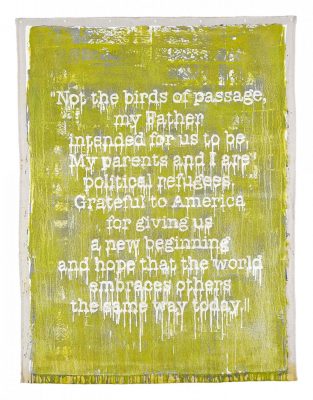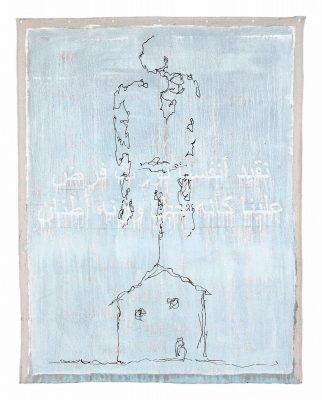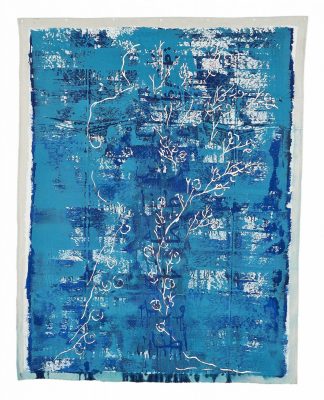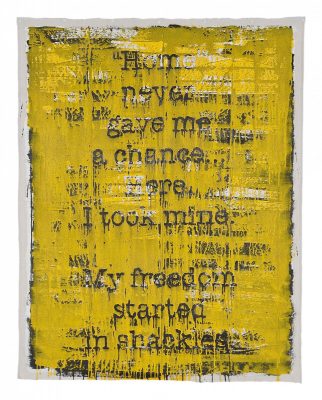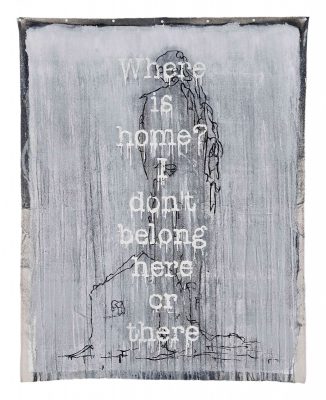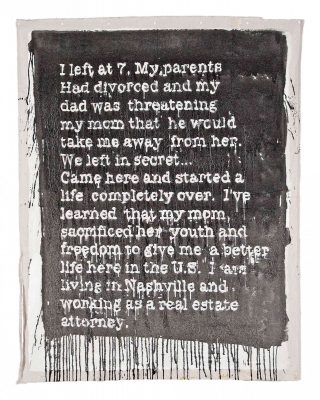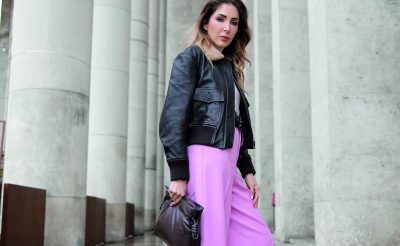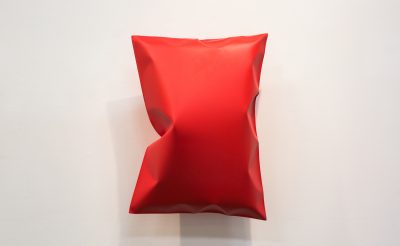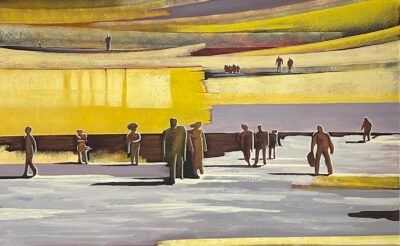In the latest issue of MOJEH (Issue 43), we speak to Los Angeles-based Iranian artist Farzad Kohan, who draws on his own experience of immigration, as well as others, in his latest body of thought-provoking artwork.
Kohan’s latest body of work, which is titled Migration Stories, tells the experiences of migrants who have resettled in the United States or Europe. In some instances, these stories are being told for the first time. Kohan sourced these narratives using social media, by asking friends, colleagues and acquaintances to summarise and share what defined the process of migration for them.
Tell us about yourself.
I left Iran when I was 18-years-old. I lived in Sweden for five years and then, in 1991, I moved to Los Angeles and have lived there ever since. This was when the Iran-Iraq War was going on in the early Eighties. I was being drafted and I basically didn’t want to go to war. My family had to smuggle me out of the country and I crossed borders illegally before ending up in Sweden where I became a refugee. I had a brother who was already living in Sweden, so I did have someone there, but I was forced to take the journey alone. It was like an Indiana Jones movie – really unexpected and crazy. I’m the only one from that group of people – there were 19 of us escaping – who didn’t get caught.
What was the inspiration behind your latest project, Migration Stories?
Migration has always been a part of what I do because being a migrant dominates my life. Even today, in LA the majority of people here are from somewhere else. Everybody is from somewhere else, but what makes LA unique in that sense is that it’s really like a melting pot. Everybody comes in and becomes part of LA’s landscape. We’re used to having foreigners around; you don’t fear the stranger. You look around and see that everybody else is from somewhere else also, and I carry all these varied migration stories with me.
Love is a recurring theme throughout your artwork. Why?
I focus on love because the last three years of work that I have produced has a lot of love in it. I’ve always said that love is the only way of surviving the madness of the world. That’s why love is a very strong subject, even though it’s cheesy! It is, I know it is. But it’s also a reality because bottom line is that’s the only way the world is going to be a better place. The love I am talking about happens through the act of migration. It’s about acceptance, going through things, gaining ground, and then losing things you’ve gained. It’s a constant game of gaining and losing. In the end, that’s what keeps us strong as an individual.
Tell us about working on Migration Stories.
The entire thing was a learning experience for me. People who actually responded to my requests on social media and who shared their lives with me, you have to understand that not everyone is comfortable with sharing personal stories, and that not everybody have spoken about their story before now. They’ve kept it a secret or only told a few people. Then I show up and tell them I want to paint their story! It’s intimidating. For me, it’s a learning experience but for them, they’re opening up a part of themselves with which they may not feel very comfortable. These stories are not paintings. This is somebody’s life and I am responsible for that. I am responsible for bringing it out in the best way I can.

